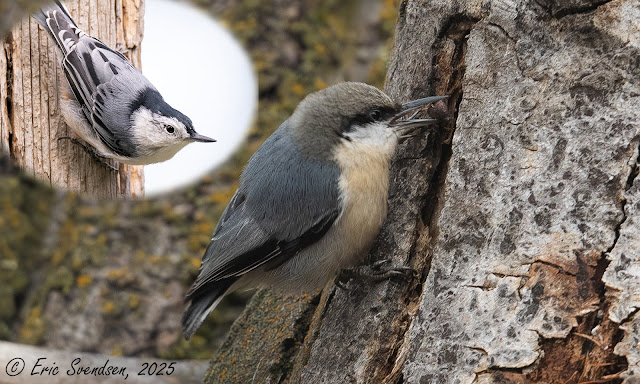Viewfinder difference between DSLR and mirrorless cameras

Mirrorless cameras give you the option of including a live histogram in the viewfinder. Having grown up with SLR film cameras, I have gotten used to the optical viewfinders associated with them. I have always liked the clear TTL view that one gets when putting your eye to the camera, regardless of whether the media is film or a digital sensor. With the advent of live view, you could now see the world to be photographed with all the benefits of information displayed right on the screen. Of course, this meant that you had to hold the camera away from your face, which limited stability and made it difficult to see in bright environments. Then, along came mirrorless cameras. The EVF (electronic view finder) was nothing new to photography as compacts, bridge cameras, and video cameras all came with one. This was a game changer for those wanting the information available on electronic viewing screens while still using the camera's eyepiece. There was a seco...




%201600%20blog.jpg)





















